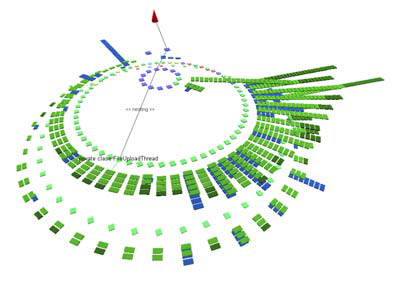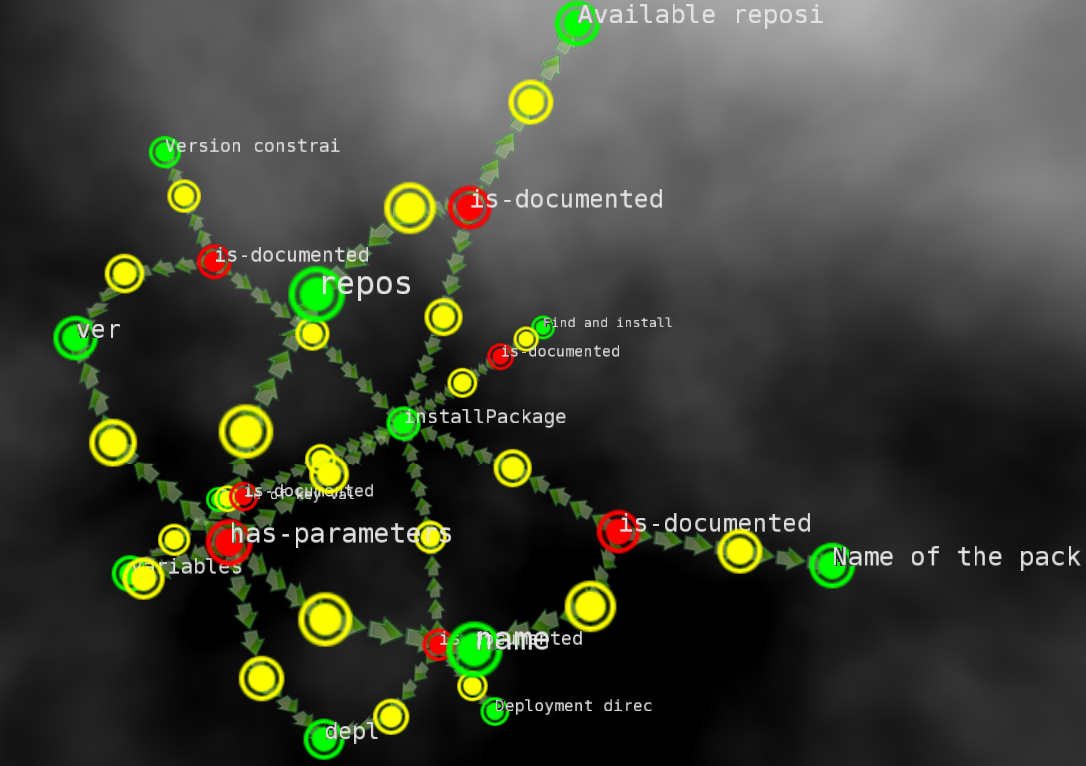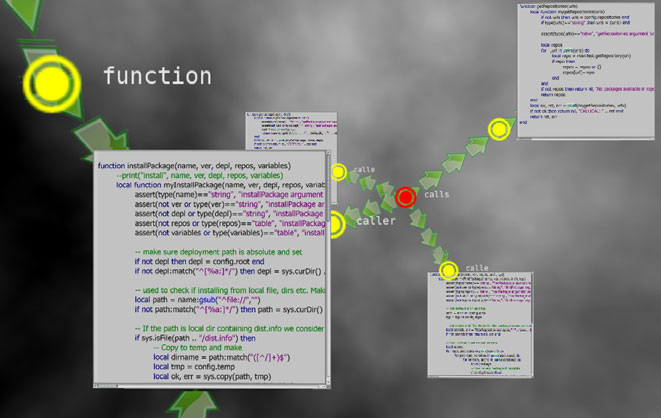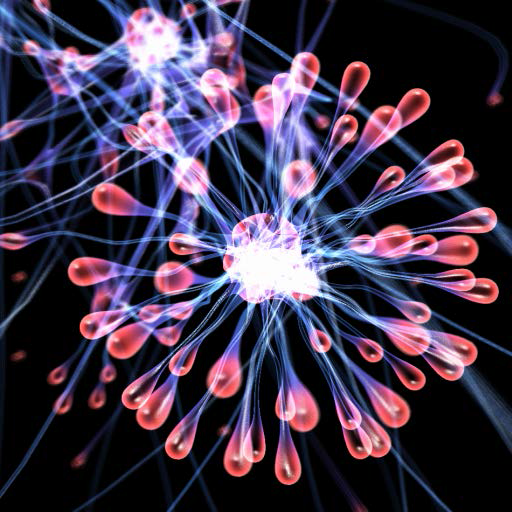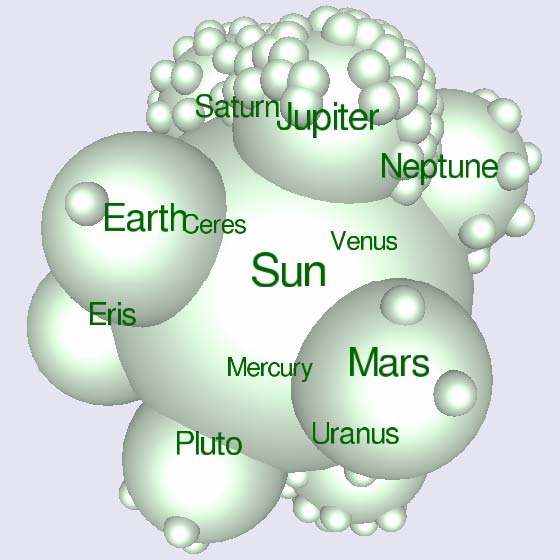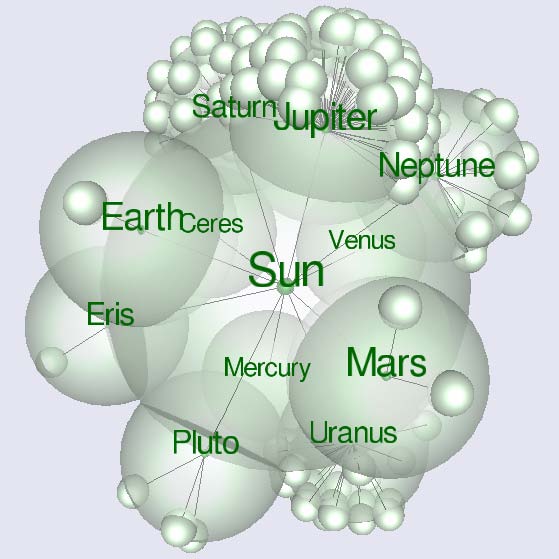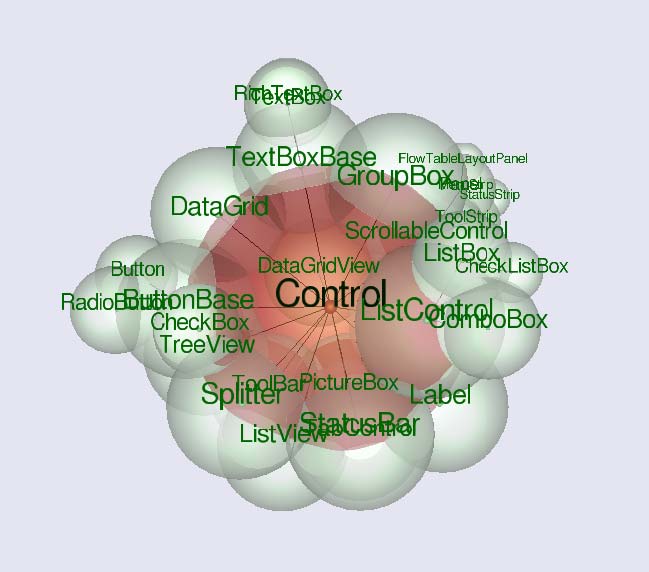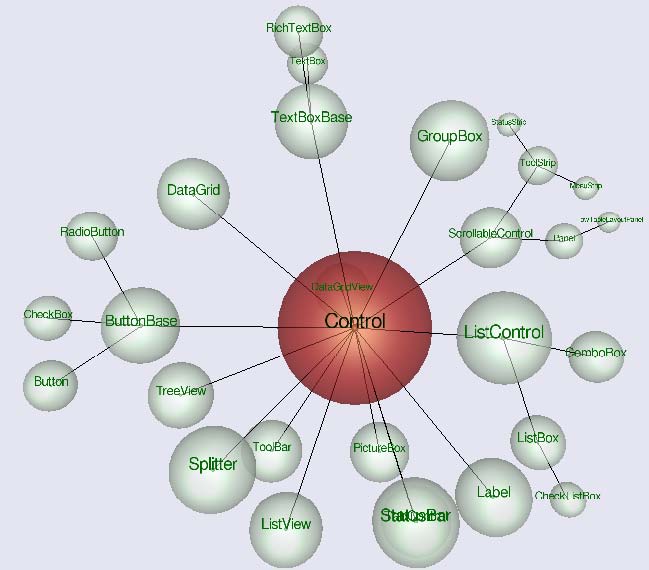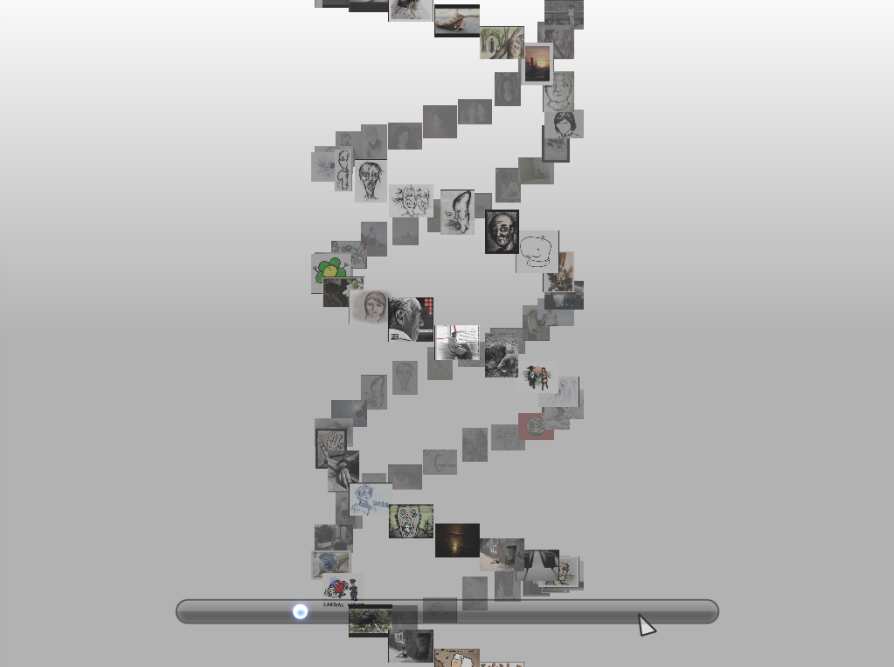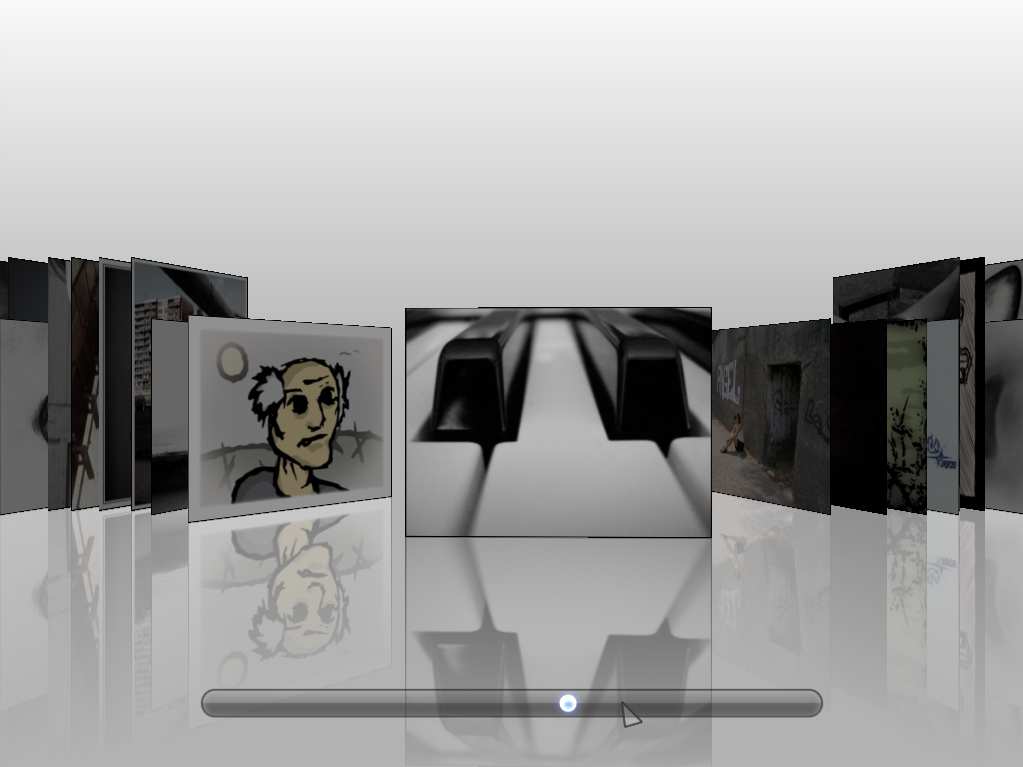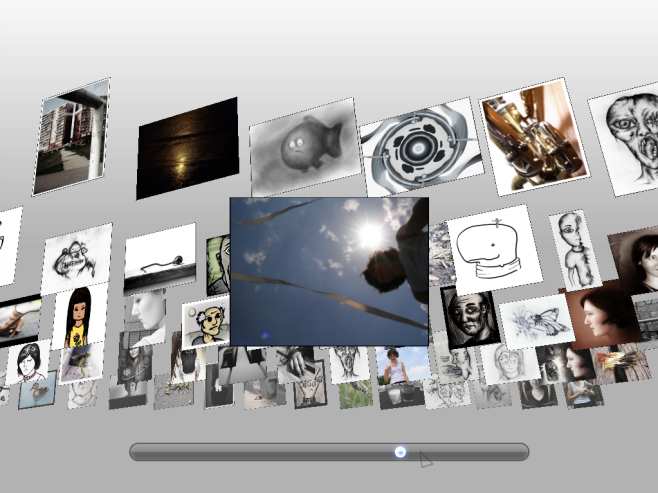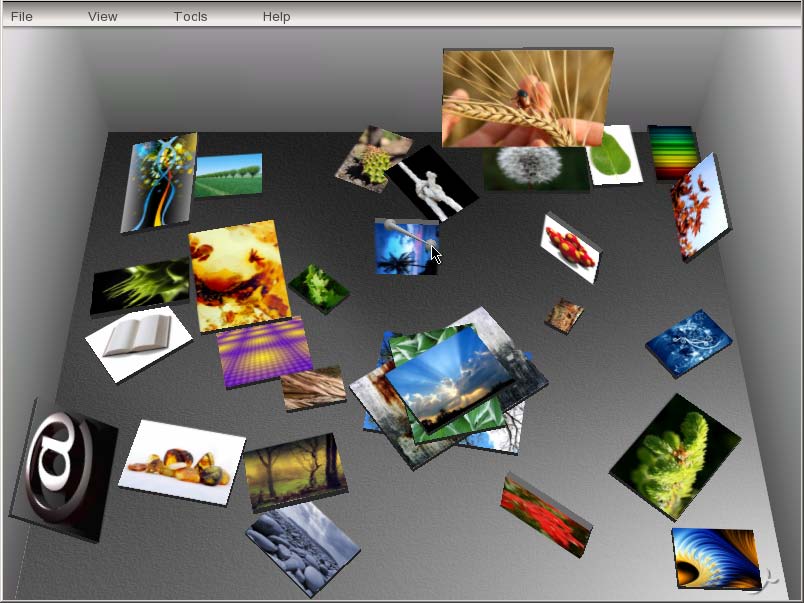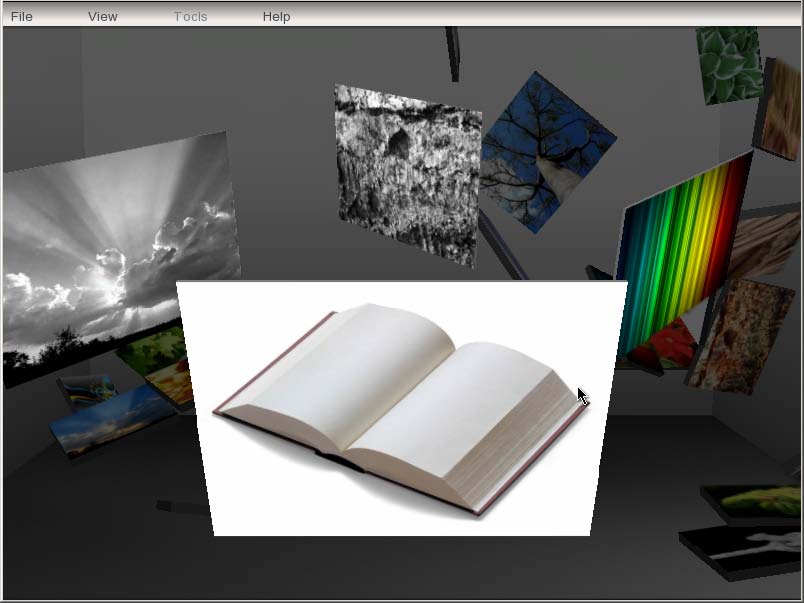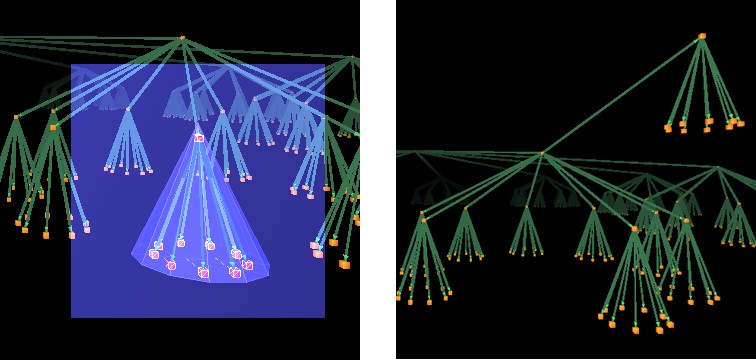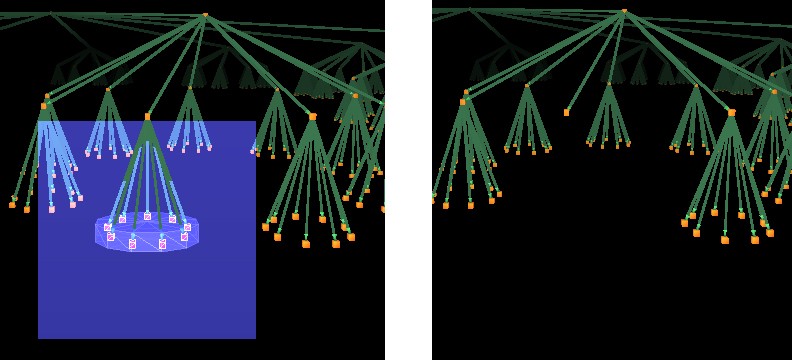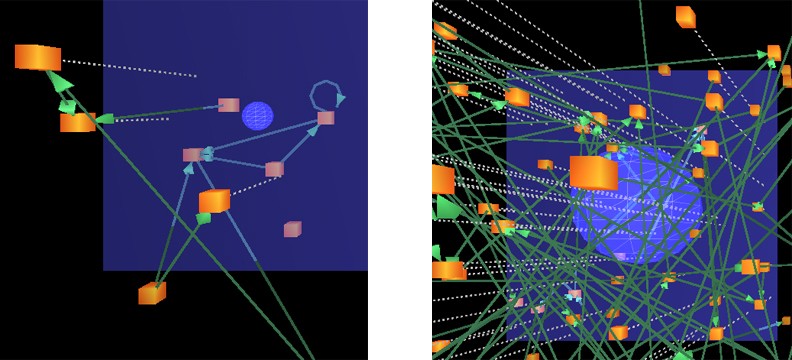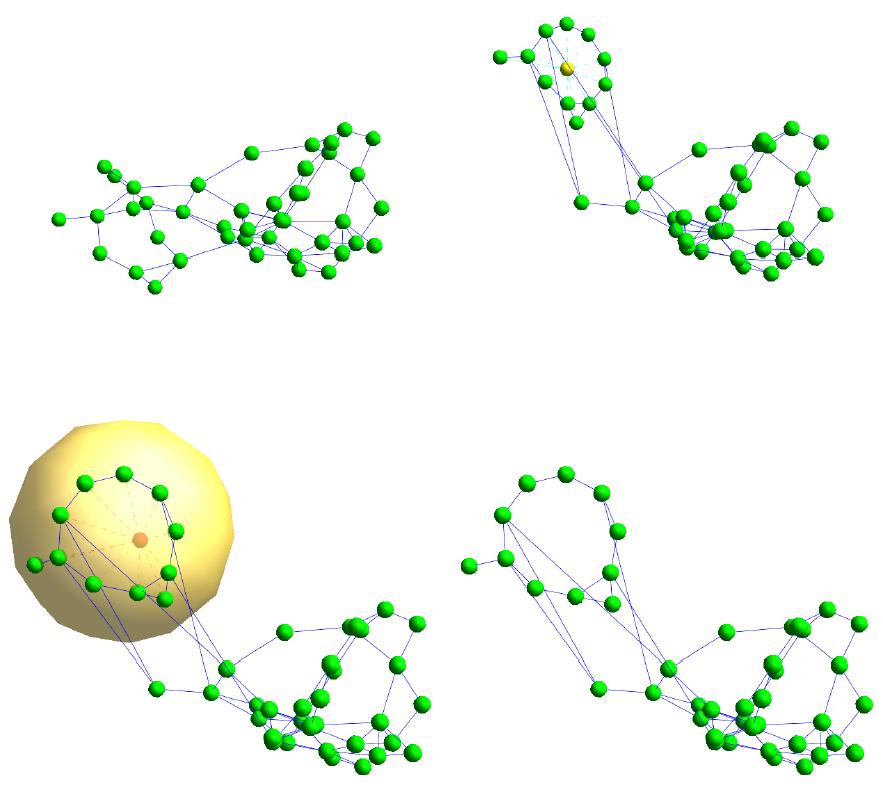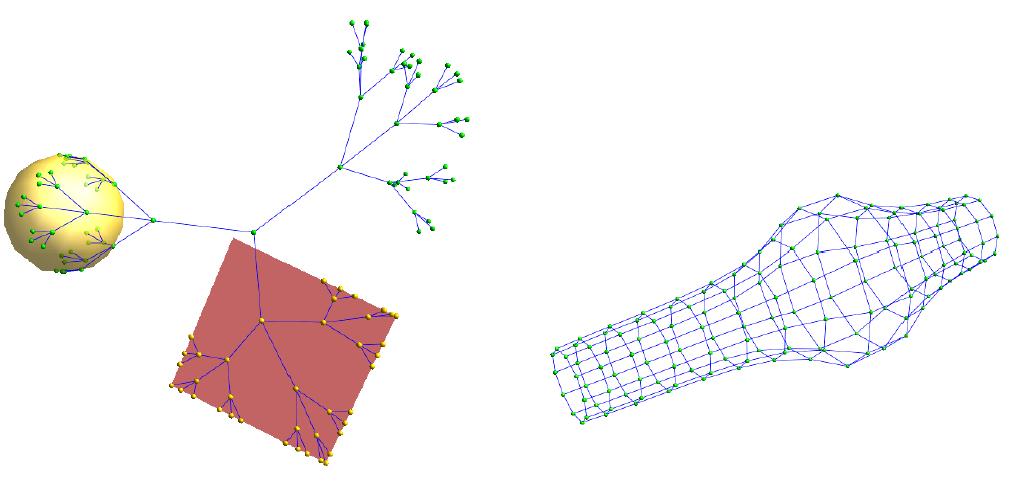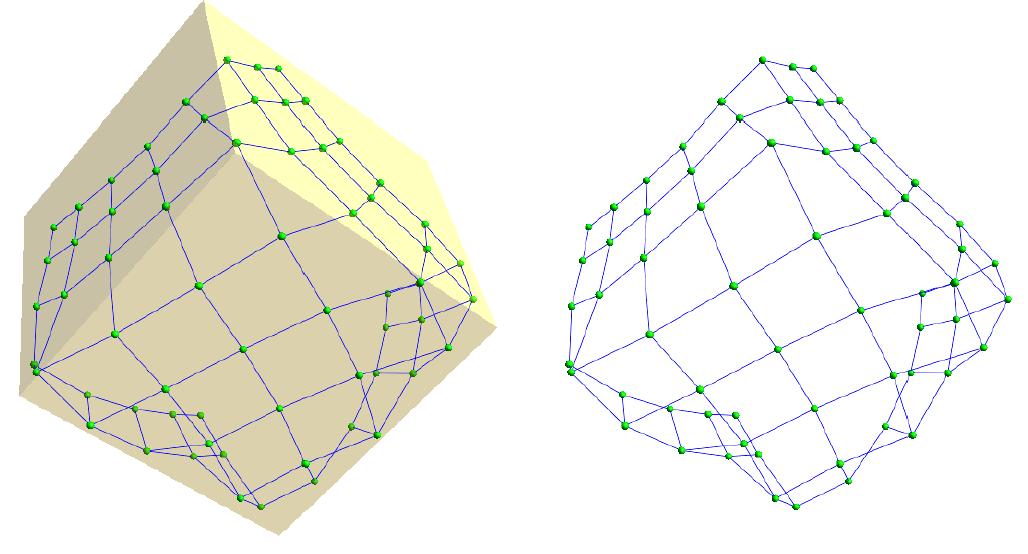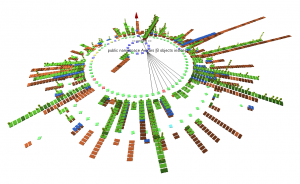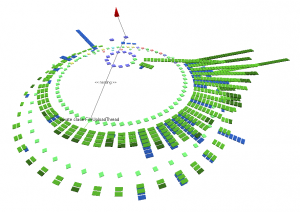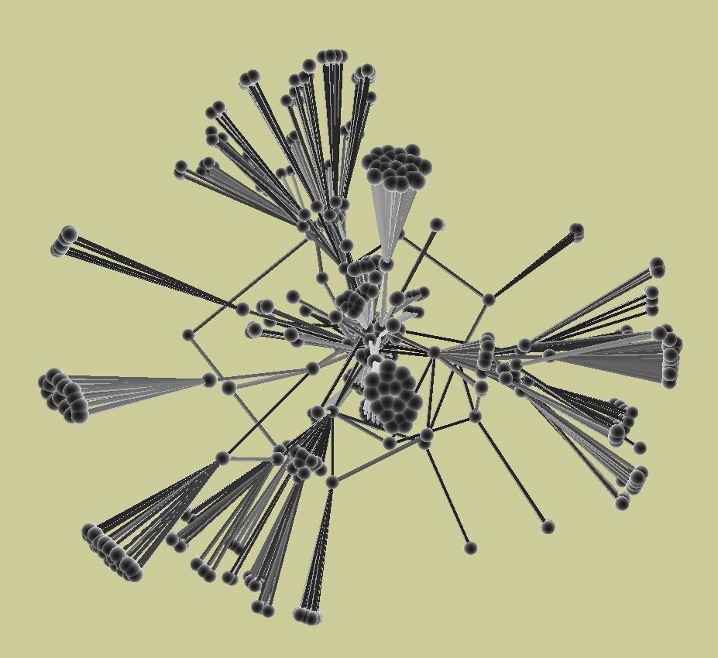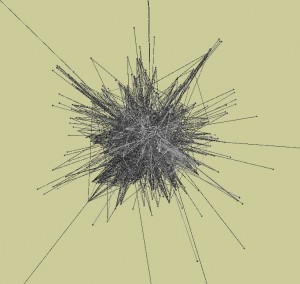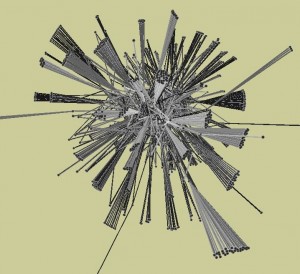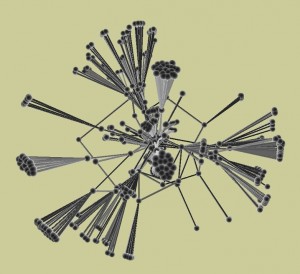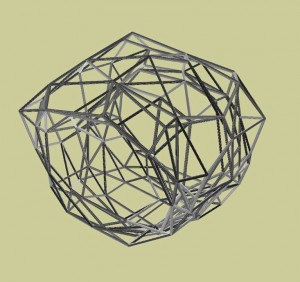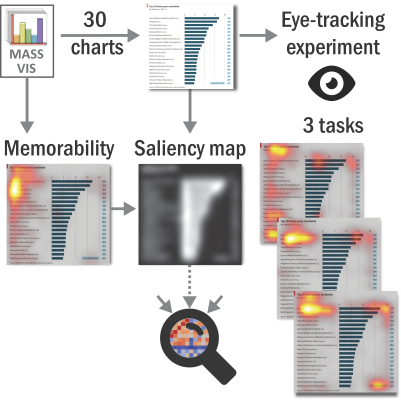
Patrik Polatsek, Manuela Waldner, Ivan Viola, Peter Kapec, Wanda Benesova
Abstract. Memory, visual attention, and perception play a critical role in the design of visualizations. The way users observe a visualization is affected by salient stimuli in a scene as well as by domain knowledge, interest, and the task. While recent saliency models manage to predict the users’ visual attention in visualizations during exploratory analysis, there is little evidence of how much influence bottom-up saliency has on task-based visual analysis. Therefore, we performed an eye-tracking study with 47 users to determine the users’ path of attention when solving three low-level analytical tasks using 30 different charts from the MASSVIS database. We also compared our task-based eye-tracking data to the data from the original memorability experiment by Borkin et al.. We found that solving a task leads to more consistent viewing patterns compared to exploratory visual analysis. However, bottom-up saliency of visualization has negligible influence on users’ fixations and task efficiency when performing a low-level analytical task. Also, the efficiency of visual search for an extreme target data point is barely influenced by the target’s bottom-up saliency. Therefore, we conclude that bottom-up saliency models tailored toward information visualization are not suitable for predicting visual attention when performing task-based visual analysis. We discuss potential reasons and suggest extensions to visual attention models to better account for task-based visual analysis.
TASKVIS dataset contains eye-tracking data from this task-based visual analysis experiment.
download: taskvis.zip
Please cite this paper if you use the dataset:
Polatsek, P., Waldner, M., Viola, I., Kapec, P., & Benesova, W. (2018)
Exploring Visual Attention and Saliency Modeling for Task-Based Visual Analysis
Computers & Graphics, 72, 26-38
